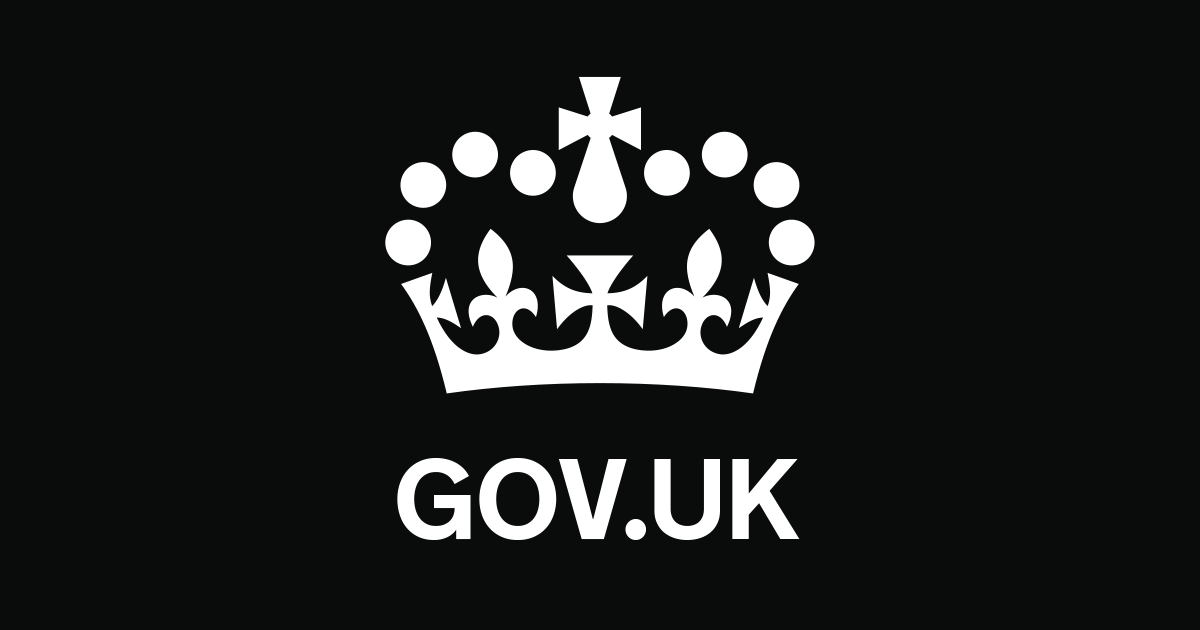Being unwell is a misfortune we all share from time to time. Being unwell at work comes with several risks: contagion, loss of productivity, and worsening sickness. As such, it is in everyone's interest to understand the process of long and short-term sickness in the world of work.

In 1983 the government passed legislation stating when an employee is unable to work due to sickness, employers are legally obliged to process a payment to them. This was the beginning of Statutory Sick Pay (SSP).
SSP is the minimum amount employers must pay employees for sickness-related absences. This covers both physical and mental health incapacity. Additionally, SSP is considered a day-one right of employment. This means the employee is not subject to a minimum time worked (even one second) to be eligible.
At the time of writing, the SSP rate is £99.35, effective April 2022. Some employers offer enhanced sick pay through employees' employment contracts or sickness policies. SSP is paid per week and can continue to be paid for up to 28 weeks.
For an employee to receive SSP they must meet the following criteria.
- Have a contract of employment
- Have carried out some work under the contract of employment
- Been absent from work for four or more days due to sickness (includes non-working days known as a period of incapacity for work - PIW)
- Earn at least £120 a week (before tax) on average
- Given correct notice (refer to employer's sickness policy)
- Provided proof of sickness (where it is more than seven days)
A period of sickness lasting under four weeks is classed as short-term sickness, and over four weeks is long-term sickness. Employees on sick leave are not subject to annual leave entitlement changes.
Accepted proofs of sickness are fitness notes or (varying between employers) an Allied Health Professional (AHP) Health & Work Report. Fitness notes are freely issued when the employee has been sick for more than seven days (less than seven days may carry a fee). Effective 1 July 2022, the following healthcare professionals can now issue fitness notes to employees.
- GPs
- Hospital doctors
- Registered nurses
- Occupational therapists
- Pharmacists
- Physiotherapists
If an employee does not qualify for SSP, a form called SSP1 must be issued by the employer within seven days of absence-related sickness. Employers can calculate their employees' SSP by using the GOV.UK calculator below.

Interestingly, employers are not legally obliged to pay SSP for the first three days of sickness-related absence (these qualifying days are known as 'waiting days'). Other circumstances disqualify an employee from receiving SSP. These are as follows.
- The employee has exhausted the maximum amount of SSP (28 weeks)
- Received Statutory Maternity Pay (SMP) or Statutory Maternity Allowance (SMA)
- Was absent due to a pregnancy-related illness in the four weeks before the week (Sunday to Saturday) the baby is due
- The employee was in custody, or on strike, from the first day of sickness (including linked periods)
- Worked outside the EU (wherein the employer is not liable for an employee's National Insurance contributions)
- Received Employment and Support Allowance within 12 weeks of starting or returning to work










